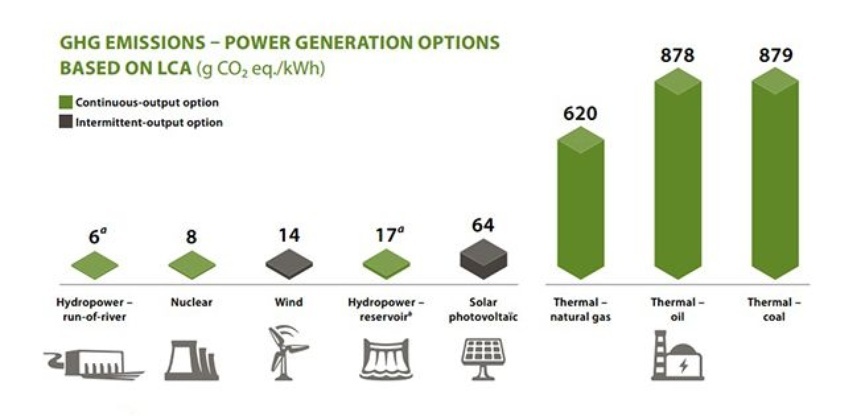November 28, 2019
News
Reaction to Riverkeeper’s statement Hydro-Québec does not need to construct new hydropower facilities to serve long-term export contracts
Hydro-Québec was disappointed to learn of Riverkeeper’s recent statement withdrawing its support from the Champlain Hudson Power Express (CHPE) transmission project. We have exchanged considerable amounts of information with Riverkeeper and would like to reiterate some of those facts for the benefit of interested parties following the clean energy debate in New York.
Riverkeeper is entirely right that the energy landscape in New York has changed considerably recently. With the shutdown of Indian Point and accelerated and more ambitious decarbonization and renewable goals as part of the Climate Leadership and Community Protection Act, securing new sources of low carbon energy is becoming more and more urgent. Québec hydropower is available, today, in vast quantities. But delivering it to downstate New York would require new transmission infrastructure such as the CHPE line.
While Riverkeeper’s statement gives the impression that the only source of new energy Hydro-Québec could offer to New York corresponds to the volumes of spilled water in recent years, the reality is completely different. We have made it clear that we are able to fulfill both the contracts for Massachusetts along the NECEC line and energy to New York City on CHPE without new build-out of hydropower facilities in Québec:
- Since 2003, a major build-out has brought new generation capacity totaling 5,000 MW online
- Our reservoir levels are at a record high
- In the future new supplies of energy can come from the development of wind and energy efficiency and through upgrades at our existing facilities.
To help drive down carbon emissions in New York, all available clean energy sources are necessary:
- Québec hydropower is one of the lowest-emission generating options per kilowatthour produced and the only one offering continuous generation.

- Wind is an excellent source of clean energy but unfortunately is variable and requires a dispatchable source to balance it when the wind is down. Hydropower is the only clean baseload energy source that can balance and complement an intermittent renewable such as wind.
With respect to the presence of mercury in hydropower reservoirs: this is a well-known impact of hydropower development, and over 40 years of research and data exist on the subject. The study mentioned by Riverkeeper unfortunately used a new model that has not yet been scientifically validated, and some of that study’s conclusions don’t correlate with that 40-year body of research. Here are the scientific facts:
- Mercury in hydropower reservoirs is a temporary and well-managed phenomenon.
- There are no known cases of mercury intoxication from fish consumption in Québec.
- Levels of mercury in native populations in Québec are actually lower today than they were before our dams were constructed.
Over decades of hydropower development in Québec, campaigns have increased awareness in communities to the presence of mercury in fish, and consumption guides have been developed in several native languages by Hydro-Québec in collaboration with health authorities and the communities themselves. The Harvard study – that targets a project in Labrador, i.e. not in Québec, and not a Hydro-Québec project – does not take into account the impact of such public health measures, which are an effective way to mitigate this impact.
According to the legislation passed by New York City in April 2019, it is no longer an option to continue heating buildings with oil and generating electricity from burning natural gas. There’s a cleaner solution: flowing more hydropower to New York, replacing fossil fuels and balancing the variable resources that New York will be bringing on line in coming years. A regional solution to the global emergency of climate change.
For more information:
Gary Sutherland
Hydro-Québec
514 289-5005